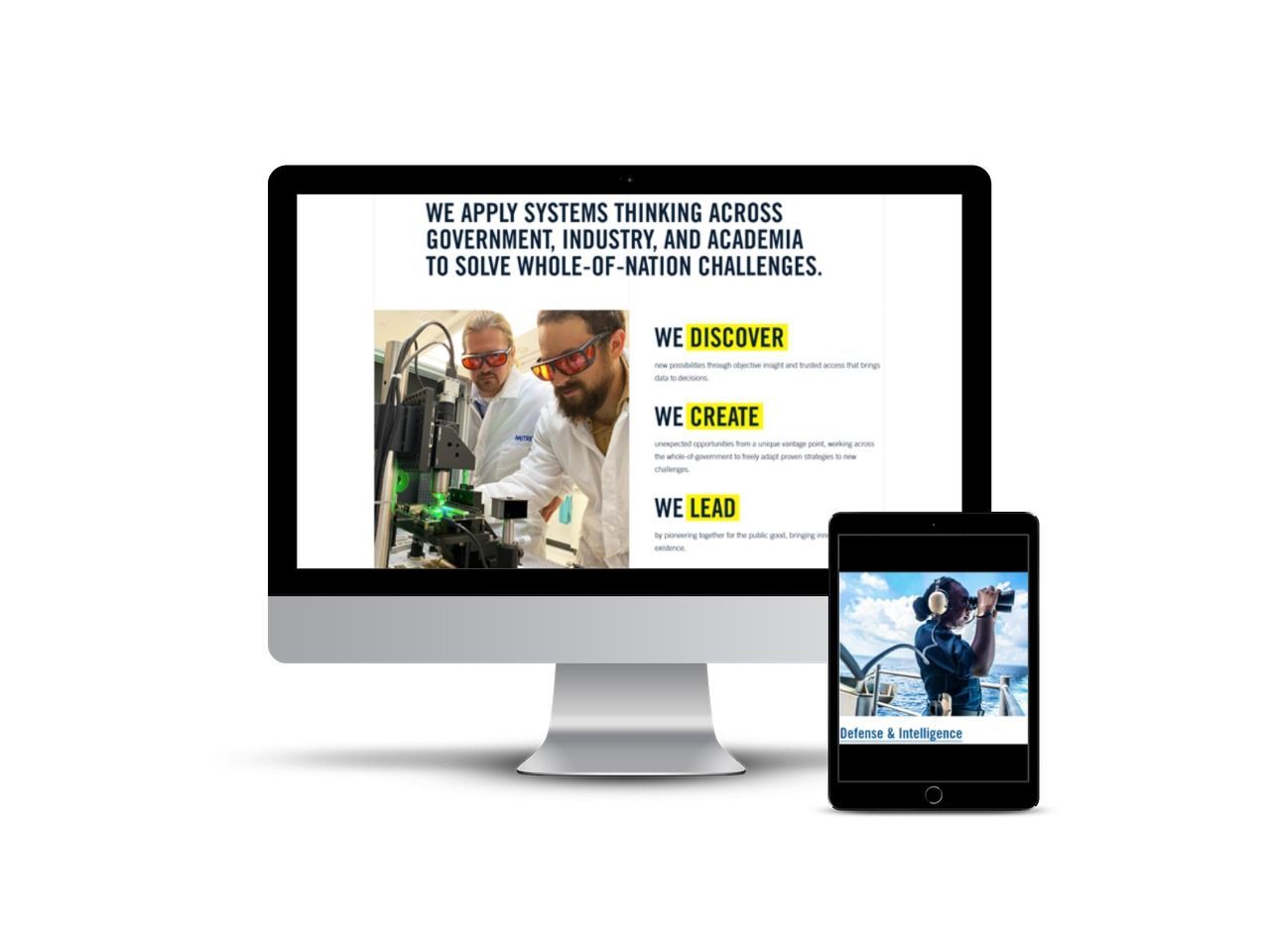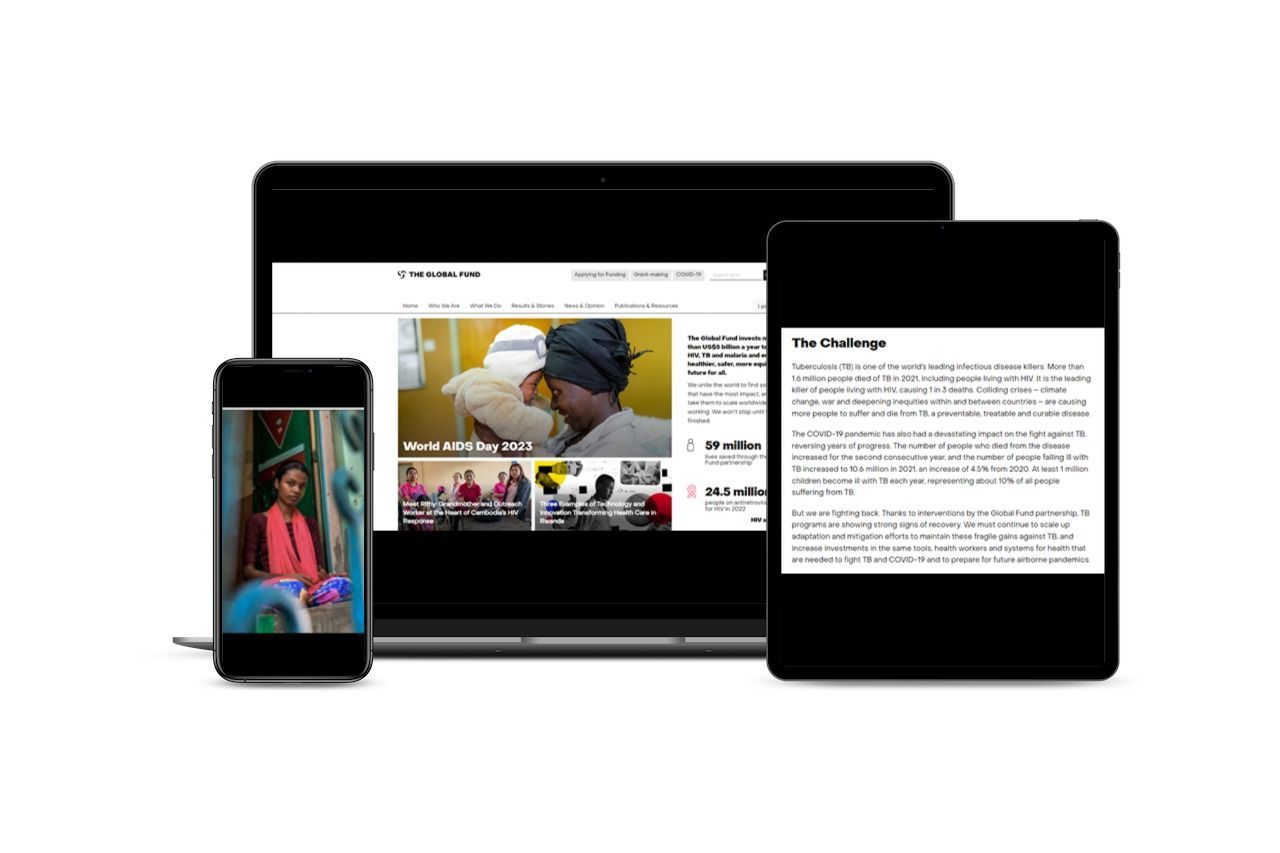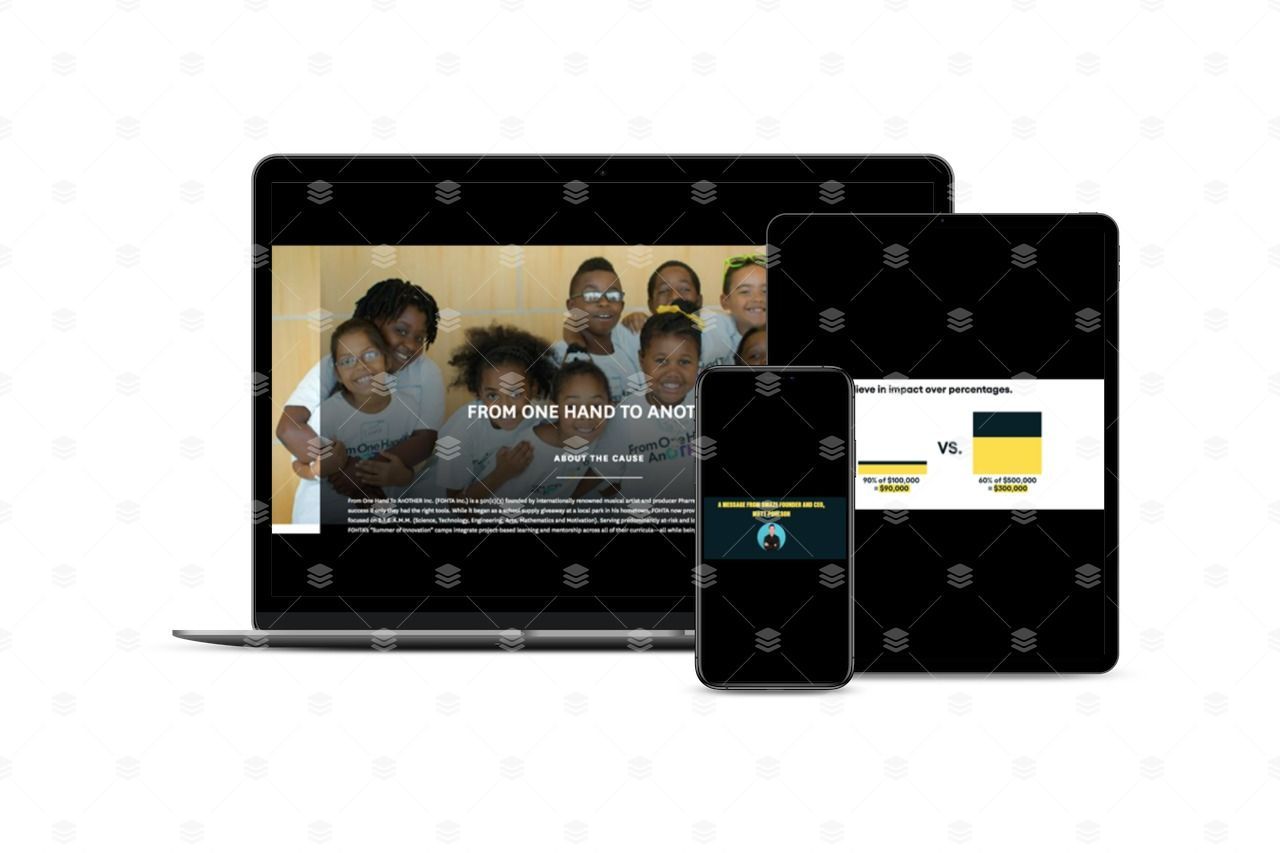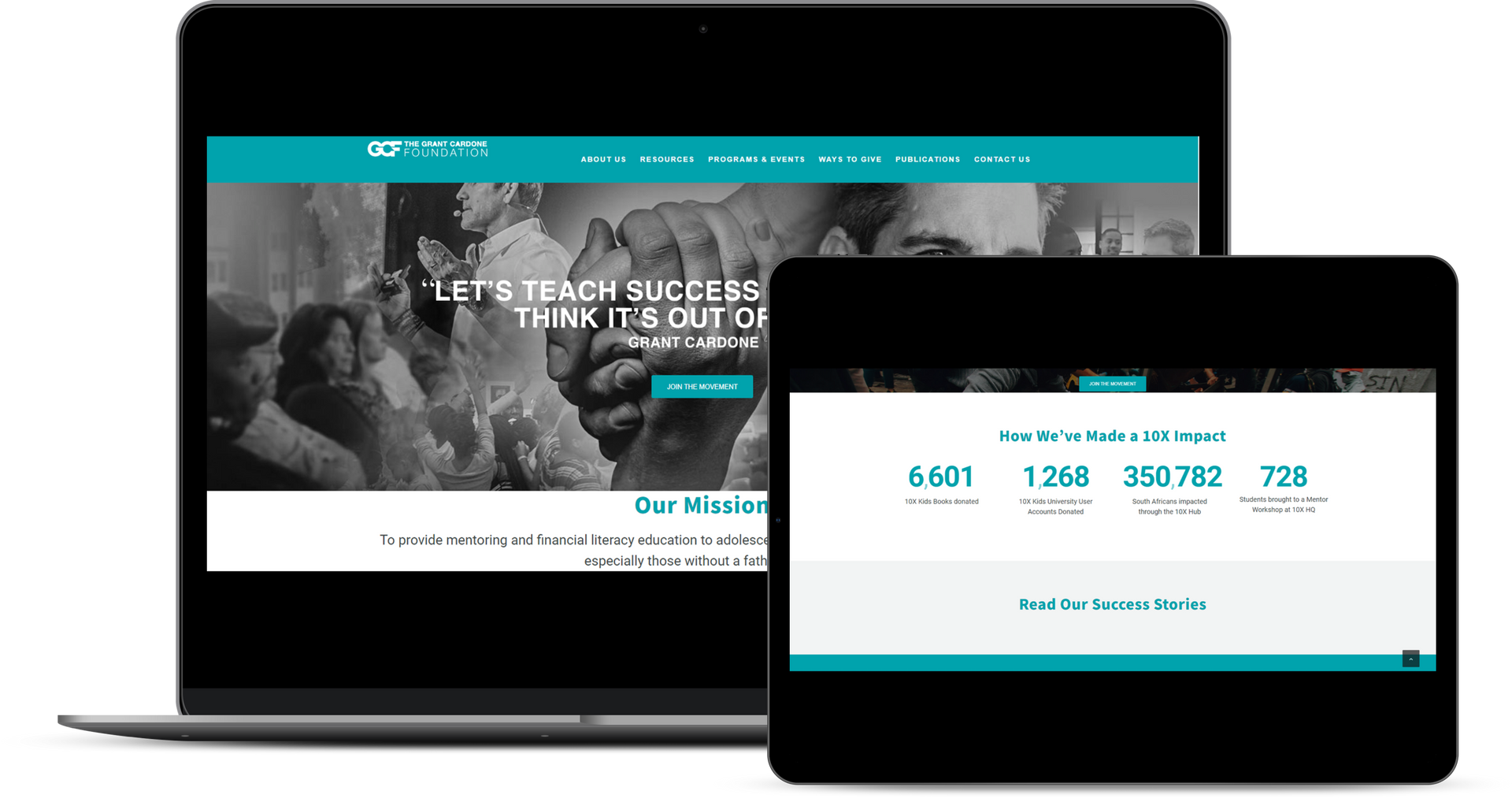World Wildlife Fund | Featured Nonprofit Listing
World Wildlife Fund
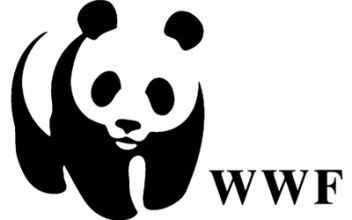
In the heart of the global conservation movement lies an organization dedicated to preserving the Earth's biodiversity - the
World Wildlife Fund (WWF). Founded in 1961, WWF has emerged as a beacon of hope for the natural world, championing the cause of countless species and their habitats. With a network spanning over 100 countries, this powerhouse of environmental advocacy stands at the forefront of conservation efforts. Let's embark on a journey through the history, mission, and impact of this iconic organization.
A Storied Legacy of Conservation
The Genesis of WWF
The seeds of WWF were sown by Sir Julian Huxley, the eminent biologist, and Sir Peter Scott, a renowned artist and conservationist. United by a shared vision, they sought to create an organization that could address the burgeoning threats to wildlife and ecosystems. The year 1961 witnessed the official birth of the World Wildlife Fund, with a mission that transcended borders and embraced the entire planet.
Early Triumphs and Milestones
From its inception, WWF displayed an unwavering commitment to its cause. One of its earliest triumphs was the successful campaign to halt the hunting of the endangered African rhinoceros in the early 1960s. This victory signaled the organization's potential for effecting positive change on a global scale. Over the decades, WWF has celebrated numerous milestones, including the establishment of protected areas, the preservation of critical habitats, and the successful recovery of several endangered species.
A Mission for the Planet
Conservation of Biodiversity
At the core of WWF's mission is the preservation of biodiversity. This encompasses a vast array of species, ecosystems, and genetic diversity that collectively form the tapestry of life on Earth. By safeguarding this richness, WWF aims not only to protect individual species, but also to secure the intricate web of life upon which we all depend.
Sustainable Development
Recognizing the inextricable link between human well-being and environmental health, WWF is a fervent advocate for sustainable development. The organization strives to harmonize the needs of human communities with the conservation of natural resources. Through innovative solutions and partnerships, WWF endeavors to create a future where both people and nature thrive.
Global Impact and Collaborative Efforts
Worldwide Presence
With a formidable presence in over 100 countries, WWF operates on a truly global scale. This extensive network allows the organization to address pressing environmental challenges in diverse ecosystems, from the lush rainforests of the Amazon to the frigid expanses of the Arctic.
Collaborative Partnerships
WWF understands that the task of conservation is too immense for any single entity to tackle alone. The organization actively collaborates with governments, businesses, local communities, and other NGOs to amplify its impact. These partnerships foster a collective approach to safeguarding the planet's natural heritage.
Real-Life Examples
In the Amazon basin, WWF has forged alliances with indigenous communities to combat illegal logging and promote sustainable land management. This collaborative effort not only protects vital habitats but also empowers local populations to be stewards of their own environment.
Stay tuned for the subsequent segments, where we'll delve deeper into WWF's key initiatives, innovative conservation strategies, and the challenges that lie ahead in the quest to safeguard our planet's biodiversity.
The Natural Capital Project: Harmonizing Nature and Humanity
At the intersection of academia and environmental stewardship stands The Natural Capital Project, a collaborative initiative headquartered at the prestigious Stanford University. This groundbreaking endeavor is a partnership forged among World Wildlife Fund (WWF), University of Minnesota, The Nature Conservancy, Chinese Academy of Sciences, and Stockholm Resilience Centre. Together, they form a formidable alliance dedicated to integrating the intrinsic value of nature into the heart of global decision-making processes.
Pioneering Science for Sustainable Solutions
The cornerstone of The Natural Capital Project lies in its pioneering approach to valuing nature's contributions to human well-being. By employing cutting-edge scientific methodologies, the project seeks to quantify the myriad benefits that ecosystems bestow upon us. From clean water provision to climate regulation, from pollination services to cultural inspiration, the project endeavors to provide tangible metrics for the often intangible value of nature.
Bridging the Divide: Nature and Economics
One of the project's central aims is to bridge the gap between ecological understanding and economic decision-making. Traditional economic models often fail to account for the full spectrum of benefits that ecosystems confer. The Natural Capital Project endeavors to rectify this by developing tools and methodologies that allow decision-makers to factor in the value of nature when planning policies, projects, and investments.
Technology at the Forefront
Harnessing the Power of Data and Technology
In an era defined by technological advancement, The Natural Capital Project leverages the power of data and computational tools to revolutionize conservation efforts. Through sophisticated modeling techniques and Geographic Information Systems (GIS), the project generates detailed maps and analyses that illuminate the intricate connections between ecosystems and human well-being. This wealth of information empowers decision-makers to make informed choices that prioritize the preservation of natural capital.
User-Friendly Platforms for Impactful Decision-Making
Recognizing the need for accessible and user-friendly solutions, the project has developed a suite of software tools, including the widely acclaimed InVEST (Integrated Valuation of Ecosystem Services and Tradeoffs). These platforms provide decision-makers with practical, science-based insights that facilitate the incorporation of nature's value into planning processes.
A Global Reach, Local Impact
Scaling Solutions for a Diverse World
The Natural Capital Project's influence extends far beyond the confines of academic discourse. Through a network of partners and collaborators worldwide, the project applies its methodologies and tools in diverse contexts. Whether in the lush rainforests of Indonesia, the arid plains of Africa, or the bustling urban landscapes of North America, the project's principles adapt to address the unique challenges and opportunities presented by each locale.
Realizing a Sustainable Future
Through its unwavering commitment to integrating natural capital into decision-making, The Natural Capital Project embodies a vision of a future where humanity's progress is inextricably linked with the health of our planet. By harmonizing nature and humanity, this collaborative endeavor exemplifies the potential for science and conservation to forge a path towards a more sustainable and resilient world.
Stopping Ghost Gear: A WWF Initiative to Protect Our Oceans
Beneath the tranquil surface of our oceans lies a hidden threat – ghost gear. These silent killers are abandoned, lost, or discarded fishing nets, traps, and lines that continue to trap and kill marine life long after they are no longer in use. Ghost gear poses a grave danger to ocean ecosystems, entangling marine species, damaging habitats, and contributing to plastic pollution.
WWF's Response: The Stopping Ghost Gear Project
Uniting for Ocean Health
Recognizing the urgent need to address this peril, World Wildlife Fund (WWF) initiated the Stopping Ghost Gear project. This global endeavor brings together governments, industry leaders, NGOs, and local communities in a concerted effort to combat the scourge of ghost gear and safeguard the health of our oceans.
Holistic Solutions
The Stopping Ghost Gear project adopts a multifaceted approach to tackle this complex problem. It encompasses prevention, retrieval, and recycling efforts, aiming not only to remove existing ghost gear but also to prevent its proliferation in the first place.
Prevention: Changing Industry Practices
Fostering Responsible Fisheries
One of the project's primary focuses is promoting responsible fishing practices. WWF collaborates with the fishing industry to encourage the adoption of gear modification and marking techniques that reduce the likelihood of gear being lost or abandoned. By making gear more durable and traceable, the project helps prevent the creation of new ghost gear.
Policy Advocacy
To create lasting change, the project engages with governments and advocates for policies and regulations that promote sustainable fishing practices and require responsible gear management. By implementing such policies, nations can reduce the environmental impact of fishing operations and minimize the risk of ghost gear incidents.
Retrieval: Cleaning Up the Oceans
Coordinated Cleanup Efforts
Removing existing ghost gear is a Herculean task, but WWF's Stopping Ghost Gear project is up to the challenge. The initiative supports and coordinates cleanup operations in hotspot areas, mobilizing dedicated teams to retrieve nets and traps from the ocean. These efforts not only save marine life from entanglement but also mitigate damage to fragile underwater ecosystems.
Innovative Technology
In the pursuit of effective retrieval, the project harnesses innovative technologies such as remotely operated vehicles (ROVs) and satellite tracking to locate and recover ghost gear. These tools enable precise and targeted cleanup operations, optimizing the use of resources and minimizing environmental disturbance.
Recycling: Transforming Ghost Gear into a Resource
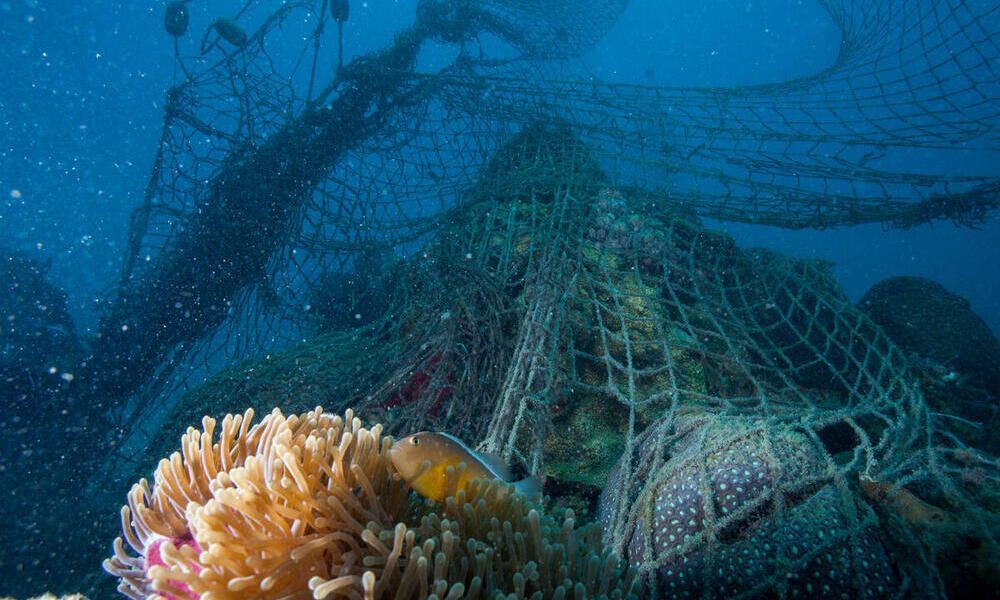
One of the project's standout features is its commitment to recycling. Instead of treating ghost gear as waste, WWF explores opportunities to repurpose recovered materials. Discarded nets, for instance, can be transformed into new products, reducing the demand for virgin plastics and closing the loop on plastic pollution.
Economic Empowerment
By developing local recycling initiatives in coastal communities, the project not only contributes to marine conservation but also provides economic opportunities for residents. It empowers communities to turn ghost gear into a valuable resource, fostering sustainable livelihoods while cleaning up their surrounding marine environments.
Real-Life Impact
Success Stories
The Stopping Ghost Gear project has already achieved remarkable successes. In the Gulf of California, for example, collaboration with local fishermen led to the removal of hundreds of tons of ghost gear, saving countless marine species. These stories serve as powerful reminders of what can be achieved when stakeholders unite for a common cause.
Global Scale
Operating across the globe, the project has a far-reaching impact. From the Pacific Islands to the North Sea, WWF's efforts to stop ghost gear reverberate through diverse marine ecosystems, helping to protect some of the world's most iconic and vulnerable species.
Conclusion: A Collective Effort for a Sustainable Future
In traversing the realms of World Wildlife Fund's multifaceted initiatives, we've encountered a tapestry of dedicated efforts aimed at preserving our planet's invaluable biodiversity. From the global reach of the World Wildlife Fund to the groundbreaking endeavors of The Natural Capital Project and the tenacious resolve of the Stopping Ghost Gear project, a common thread binds them all: a resolute commitment to the well-being of our planet and its inhabitants.
The World Wildlife Fund, with its storied legacy and global network, stands as a beacon of hope for the natural world. Through decades of conservation work, it has demonstrated that meaningful change is not only possible but achievable through collaboration, innovation, and relentless determination.
The Natural Capital Project, centered at Stanford University, represents a paradigm shift in the way we perceive and value nature. By quantifying the profound contributions of ecosystems to human well-being, this initiative bridges the gap between science and economics, paving the way for more informed and sustainable decision-making worldwide.
Meanwhile, the Stopping Ghost Gear project tackles a silent but deadly threat to our oceans. Through prevention, retrieval, and recycling efforts, this initiative not only cleanses our seas of a perilous menace but also transforms discarded gear into a valuable resource, promoting both environmental and economic sustainability.
These initiatives, each unique in its approach and impact, underscore a fundamental truth: the fate of our planet is intertwined with the choices we make today. Whether through scientific innovation, policy advocacy, or community engagement, the power to safeguard our natural heritage lies within our grasp.
As we stand at the crossroads of environmental challenges, the collective efforts of organizations like the World Wildlife Fund, The Natural Capital Project, and the Stopping Ghost Gear project serve as beacons of inspiration. They remind us that every action, no matter how small, contributes to the larger tapestry of conservation.
In this ongoing journey, the torchbearers of these initiatives illuminate a path towards a future where nature and humanity coexist harmoniously. The stories of their successes are not only a testament to their dedication but also a call to action for us all. Together, we can forge a sustainable future for generations to come, where the rich tapestry of life on Earth continues to thrive.
Featured Nonprofits
donate today
Invest Directly to this Nonprofit
Thank you for taking the first step towards transformative giving. Your decision to donate to PayLenté's World Wildlife Fund | Featured Nonprofit Listing. We appreciate your generosity and look forward to sharing more about how your contribution will drive growth, support nonprofits, and provide you with meaningful tax benefits. Your impact starts now, and we'll be in touch shortly to provide you with the information you need to embark on this remarkable journey.





